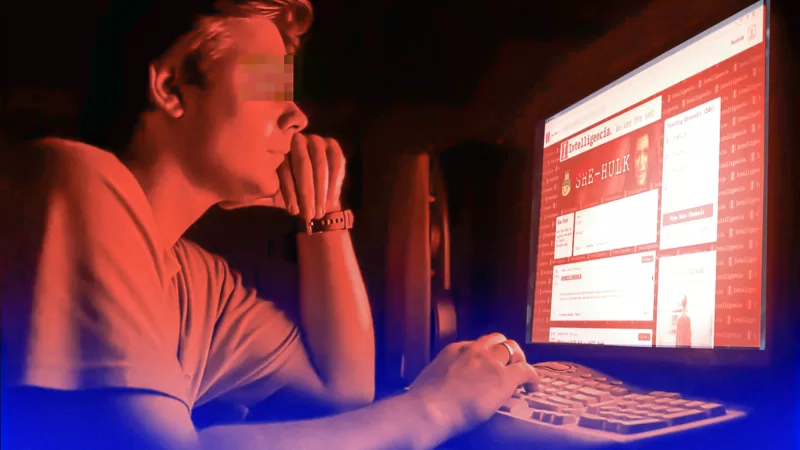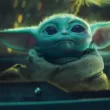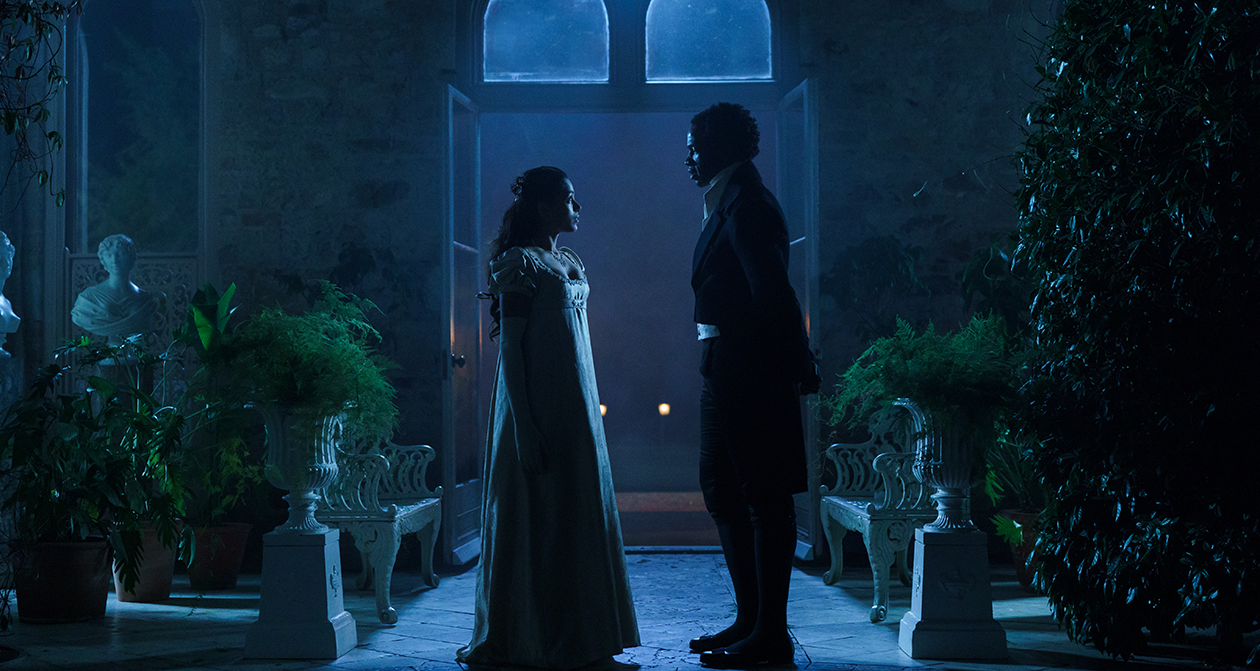Fandoms are an integral cog in our culture. It’s probably more accurate to say that fandoms drive our culture, especially pop culture, and have for some time. Comic fandoms, movie buffs, music stans, gamers, sports fanatics—the list goes on. Fans around the world, separated by oceans and borders, have found ways to unite to support their favorite actors, musicians, athletes, and franchises. Unfortunately, this passion often comes hand-in-hand with negative behavior that rips through fan communities like an unchecked virus, creating toxic fandoms.
It’s important to note that fandoms are not inherently toxic. Fandoms have allowed people to find friendships in communities of like-minded people. For many, joining a fandom for something they were once bullied or ostracized for loving winds up bringing wonderful new people into their lives. That’s a very good thing.
Toxic fandoms arise due to negative choices made by the people within them. These behaviors include but are certainly not limited to harassment, bullying, gatekeeping, entitlement, and bigotry. Not only do these behaviors tarnish the reputation of the fandom, but they also harm everyone from the fans, to the actors, to the creatives who work behind the scenes.
What Are Toxic Fandoms?
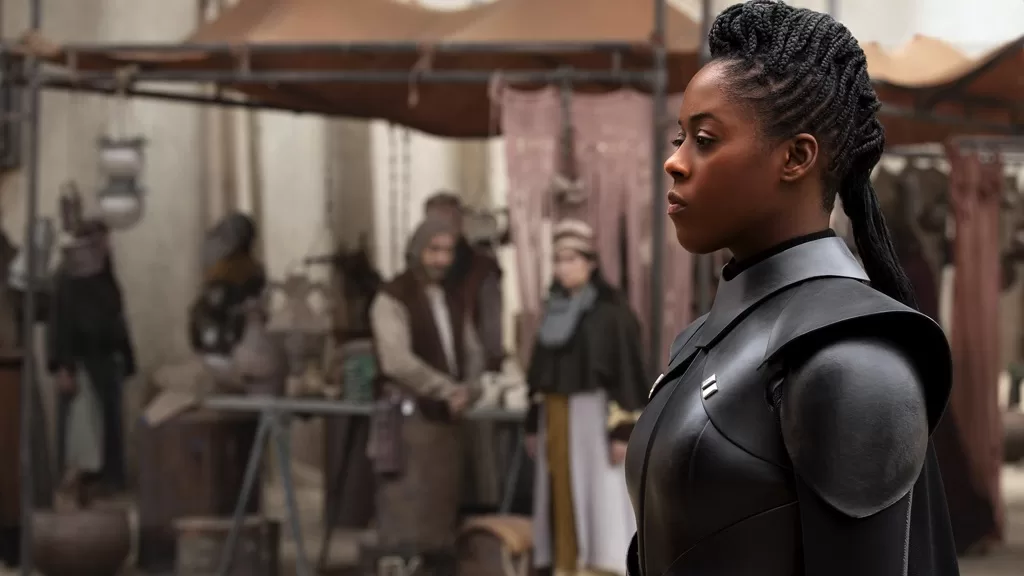
Before diving into the characteristics of toxic fandoms, it may be helpful to define what positive fandom looks like. Healthy fandom prioritizes respect and inclusivity. That includes being respectful of creators and members of the community. Healthy fandoms exist when fans work together to uplift each other, value diverse perspectives, and remain respectful during disagreements. Toxic fandoms are the opposite.
Characteristics of Toxic Fandoms
The negativity that exists in toxic fandoms can manifest in many ways. Arguably, the main sign of a toxic fandom is a lack of respect toward others — members who become hostile and aggressive when confronted with differing opinions. They often lack empathy regarding creators, actors, and other fans, and may engage in bullying and harassment. Other fans may feel entitled to dictate how media should be produced, marketed, and consumed.
Fans who engage in “gatekeeping” exclude others who are not deemed “true fans” of a specific show, movie, book, etc. They may also be resistant to change; especially changes that stray from source material, or creative decisions made to refresh long-running series and franchises.
More extreme, toxic fans may also decry everything they don’t like as “woke,” resisting diversity in their favorite franchises while seeking to exclude members of marginalized communities from the fandom itself.
These fans will often label those who champion diversity as “woke” or “SJWs” (social justice warriors) in an attempt to stigmatize them and separate them from people who they feel are “real fans.” Other extreme cases include fans who have threatened violence against, or even doxxed, creators and fellow fans.
These moments trigger negative reactions, which then spiral out of control to the point where everyone involved is just angry (at best). These fans forget that the entire point of being a part of a fandom is to be among like-minded individuals who enjoy the same thing they do. It’s to find community and recreation, escapism, and ultimately, to be happy.
Toxic Fandoms in Pop Culture
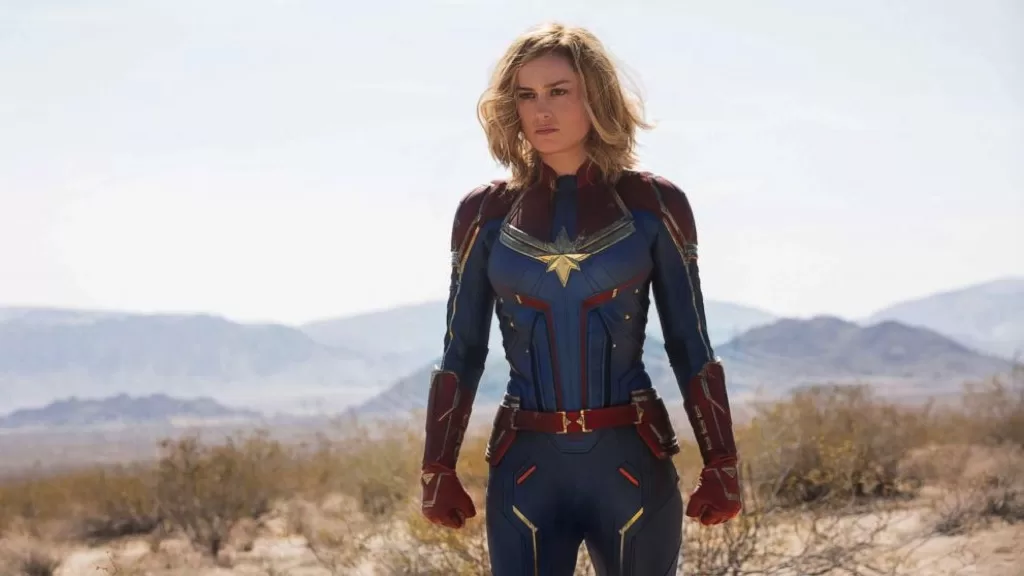
Toxic fandoms have become increasingly prevalent in recent years. Toxicity exists in varying degrees in nearly every large or long-lasting fan community, from the MCU to the DCU to Harry Potter to Star Wars.
The decades-old abuse hurled at Star Wars creator George Lucas and prequel actors Jake Lloyd and Ahmed Best is one of the first instances of toxic fandom in the digital era. At the time, toxic fans lambasted them mostly via message boards. But the more recent hate actors like John Boyega, Kelly Marie Tran, Daisy Ridley, and Moses Ingram faced after the franchise’s resurgence in the 2010s was arguably even more egregious, as toxic fans chose to send bullying, racist, and misogynistic comments directly to the actors themselves.
In 2018, fan wars began brewing after the cult classic fantasy series Charmed (1998-2006) received a reboot on The CW Network. After some of the original’s stars expressed their displeasure at the idea of a reboot, the situation escalated into a heated pop culture war that pit actresses, writers, and fans of both shows against one another for four long years. Nothing positive came out of it — just hate, anger, and hurt feelings. Fans and creatives deserved better.
The treatment of Captain Marvel actress Brie Larson, the vitriol lobbed at video game developers and VFX artists, and the daily infighting that occurs within fandoms on social media are more of the countless examples of fandoms gone awry. But how did this happen in the first place? How did we get to a point where this behavior became accepted and normalized?
How Did Fandom Get Here?
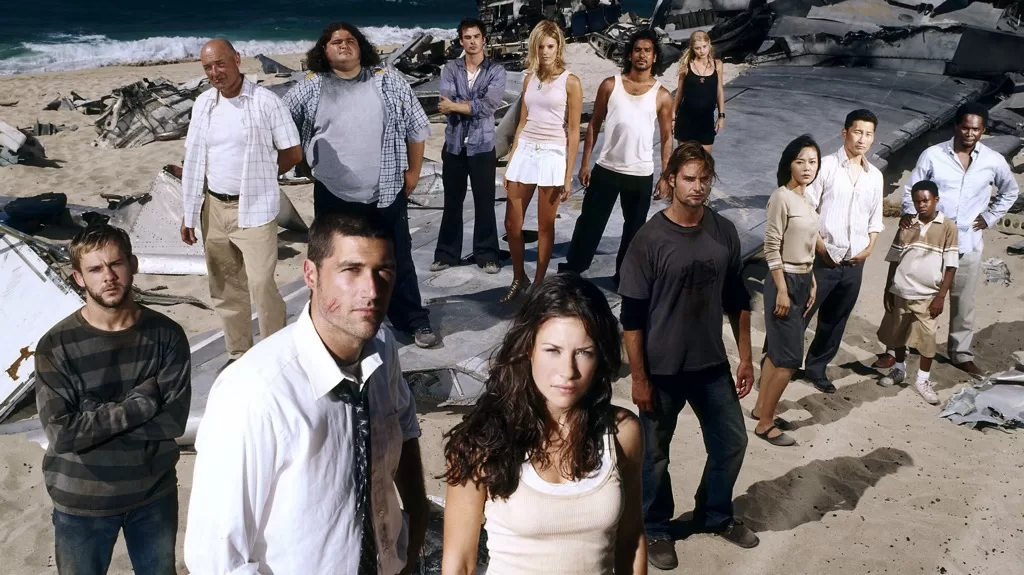
At some point during the rise of the digital age, a shift occurred. A growing section of the population began to see people online as faceless avatars devoid of feeling instead of human beings. They stopped seeing them as people worthy of kindness and respect, but as adversaries that needed to be shamed, dunked on, and destroyed.
As that shift happened, others seemingly lost the ability to disagree in a “friendly” manner. Many users on message boards and burgeoning social media networks began to see perspectives that didn’t match their own as personal affronts. As social media evolved further and gave rise to widely accessible platforms like Twitter, Instagram, and TikTok, many have weaponized their power and loyal followings to attack fellow fans and others.
How dare this person not like my favorite movie? How dare they not have the same feelings about this TV show I hated? How dare this person not agree with my every waking thought? I must now dunk on them and ratio them, to prove I am right and they are wrong.
Other fans take theorizing to a whole new level, by becoming so married to their theories, that their theories became their own headcanon. So, when it turned out that The Others from Lost weren’t cannibals or that a certain aerospace engineer wasn’t Reed Richards, fans who’d made up their own headcanon found themselves disappointed, and oftentimes, vitriolic. Fans began attacking each other, devouring their own like starving, ravenous wolves.
I must now dunk on them and ratio them, to prove I am right and they are wrong.
The Negative Impact of Toxic Fandoms Has Already Reared Its Head
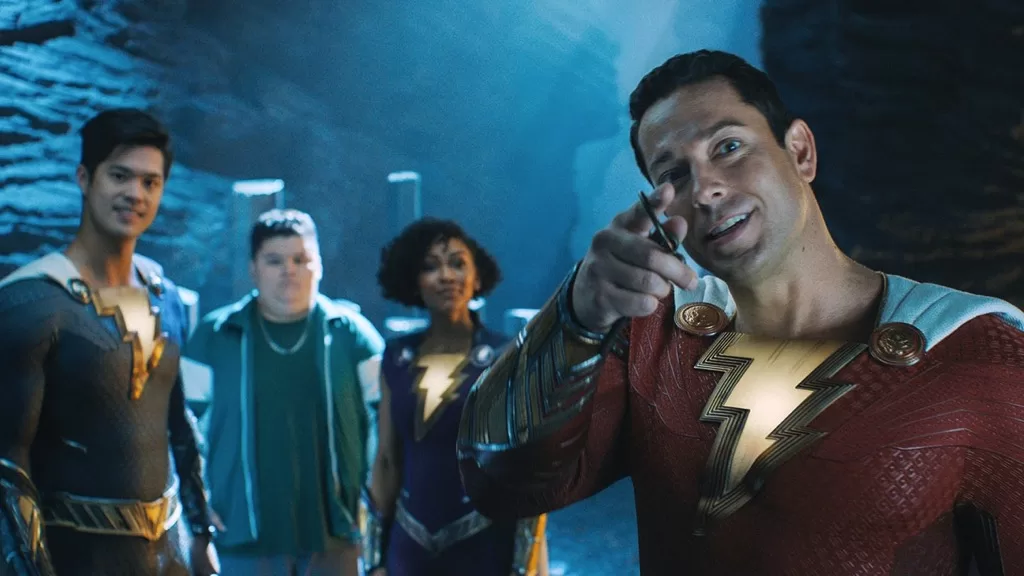
One of the biggest negative impacts of toxic fandoms is the toll they can take on one’s mental health. Joining the fandom of a property you love and being rejected for who you are or an opinion you hold can cause feelings of inadequacy and isolation. Being quote-tweeted or stitched by a creator whose sole goal is to dunk on you for an opinion they don’t agree with can be traumatic, especially if others dogpile on you in its wake.
Logging onto social media and constantly seeing other fans argue, fight, and name-call can be detrimental, even if you’re not the target. The constant negativity can even make people fall out of love with the property that once meant the world to them. No one wants to be attacked over the things they hold dear. That includes creators and the people who work behind the scenes on projects that find themselves in fans’ crosshairs.
Please remember that toxic behavior doesn’t just affect the marquee names associated with a project. It also trickles down to the everyday people who work off-camera as well.
When Toxic Fandoms & Creatives Intersect
No one sets out to make a bad movie or give a bad performance. Everyone associated with these projects tries their best — and they’re usually massive fans of the project they’re working on! Attacking them and their work, as opposed to offering constructive criticism and focusing on positive aspects, can make creators feel dejected — or worse.
After fans panned 2023’s Shazam! Fury of the Gods and attacked its director David F. Sandberg, the filmmaker expressed a desire to disconnect from future superhero discourse. The toxicity he endured made him no longer want to engage with fans and speak about something he is clearly passionate about. Other filmmakers agreed and shared their own perspectives.
The malicious nature of toxic fandoms can have even greater impacts on creators. The Phantom Menace star Jake Lloyd retired from acting not long after the film’s release and cited the public response and bullying he received as the main reasons why. Meanwhile, Lloyd’s co-star, Ahmed Best, spiraled after fans spent years attacking him and his character, Jar Jar Binks. He later recalled feeling “alone” and said he was “crumbling inside,” which he stated nearly drove him to end his own life.
The Role of Creators & Media Companies in Addressing Toxic Fandoms
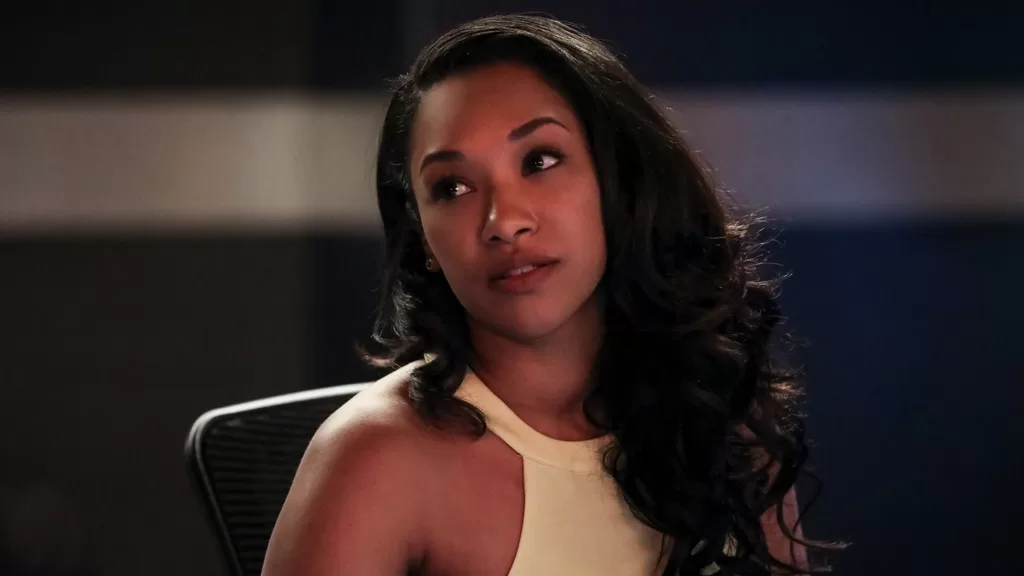
After years of ignoring the unsavory corners of their online communities, actors, creators, and media companies have become more proactive when it comes to calling out toxicity.
In 2017, Star Wars legend Mark Hamill spoke out against Lloyd’s treatment in an interview with Vulture. A few years later, Lucasfilm chose to not bring back an actress from its red-hot series The Mandalorian after she posted tweets they deemed “abhorrent and unacceptable.” Actor Ewan McGregor made headlines in 2022 after denouncing online trolls who sent racist messages to his co-star Moses Ingram.
In 2020, actor John Boyega gave a gut-wrenching interview to GQ, detailing his experiences with toxic fans. Boyega received praise from many actors of color, including The Flash actress Candice Patton. In a tweet, Patton, who portrays Iris West in the long-running series, noted that she’d had similar experiences and feelings as Boyega. Two years later, during an appearance on actor Elliot Knight’s The Open Up Podcast, she called Warner Bros. and The CW Network out for not protecting her from racist and misogynistic fans.
Just as it’s important for public figures to call out toxic fans, it’s equally important that the media giants behind these IPs follow suit. Letting fans know that abusive behavior will not be tolerated — instead of ignoring it and hoping it goes away — is a powerful tool that can help set the tone within fandoms.
How We Can Build & Foster Positive Fan Communities
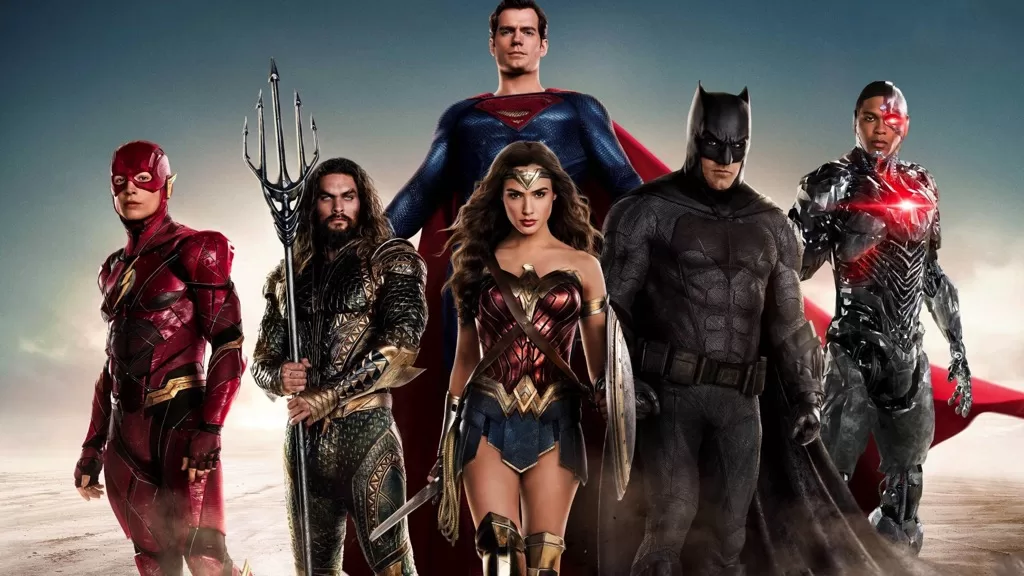
Working on an intellectual property that elicits passionate and emotional responses from fans is a dream come true for most. It means that those fans relate to the stories being told; that they can see themselves in the characters.
Many have personal reasons for being fans of certain characters and IPs. Perhaps the IP gave them strength during a time when they were bullied. Or provided comfort while enduring the hardships of divorce. Maybe it helped them connect with loved ones they had drifted away from. Or maybe it introduced them to new friends or the person who later became their partner or spouse.
These are all valid and poignant reasons why fans are so passionate about their favorite movies, TV shows, books, games, sports, and comics.
Respect & Empathy in Fandom
If we all take more care to respect and empathize with one another, even when we disagree, it could have a domino effect on fandoms (and society as a whole) in the future. Everyone doesn’t have to be friends, but concerted efforts to be kind and respectful can make a huge difference in the tone within a fandom.
If trying to engage with a massive community is too much, try to scale back your following list. Some moderated communities often have strict rules against bullying, targeted harassment, and harmful language, which can make them safer spaces for fans. That said, even this isn’t foolproof, as some moderated message boards, Discord servers, and Reddit communities are hot zones for bullying.
Creating group chats on Twitter and adding people you want to interact with is another fantastic way to build smaller, positive communities. Creating and spending time within these small, carefully curated communities can help make your social media experience infinitely better.
Protecting Your Peace in Toxic Fandoms
But if all else fails, disengaging from toxicity is a powerful way to protect your peace within a fandom. If you disagree with something, let it be. Throwing water on a grease fire only makes things worse. Someone who comes at you in bad faith is not someone worth engaging with. Refusing to interact with them is a start, but remember that we can curate many of our social media feeds to look the way we want them to.
Being selective about who you follow and who can interact with you makes a world of a difference. Twitter’s “quality filter” can scrub messages from trolls and others who don’t follow you from your feed so that you never see them. And, of course, the block and mute functions are highly effective ways to remove negativity from social feeds. Use them as often as necessary to protect your peace. You have the power to create the space that’s right for you.
The Power Is in the Hands of the Fans
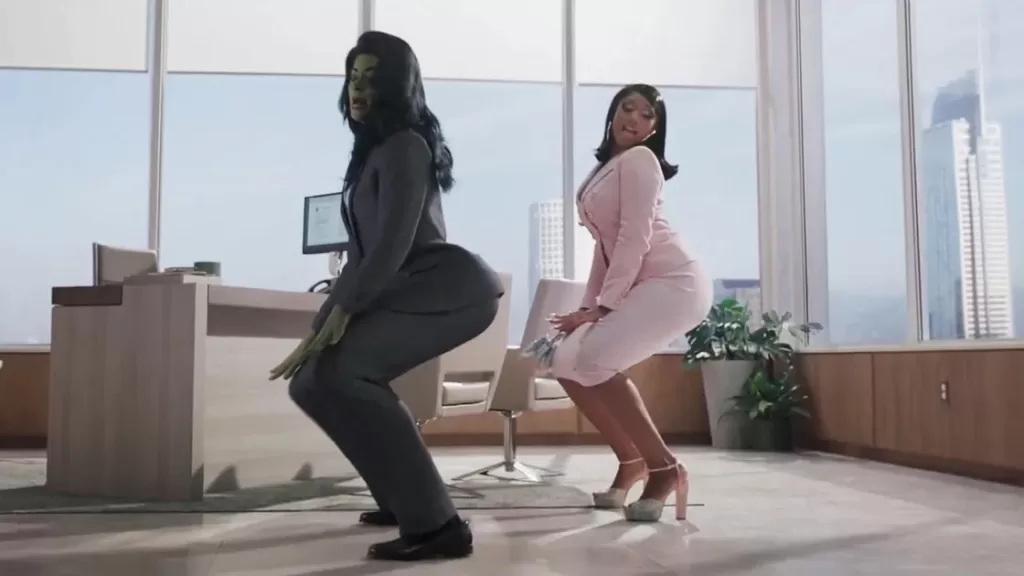
Fandoms comprise some of the most exciting and creative communities to be a part of. They inspire us to create art, organize events, and celebrate our favorite franchises. They can uplift us, introduce us to new friends, and even help us find love. Furthermore, they’re spaces where we should be able to connect with others while realizing that respect for one another is key.
Toxic fandom isn’t inevitable. It is possible to create a healthy, respectful, and inclusive community around your favorite characters and creators. By remembering that the accounts we interact with are people with feelings who are deserving of kindness and respect — just as we all are — we can help foster communities that encourage inclusion, togetherness, and happiness. After all, that’s why we’re all here, right?





